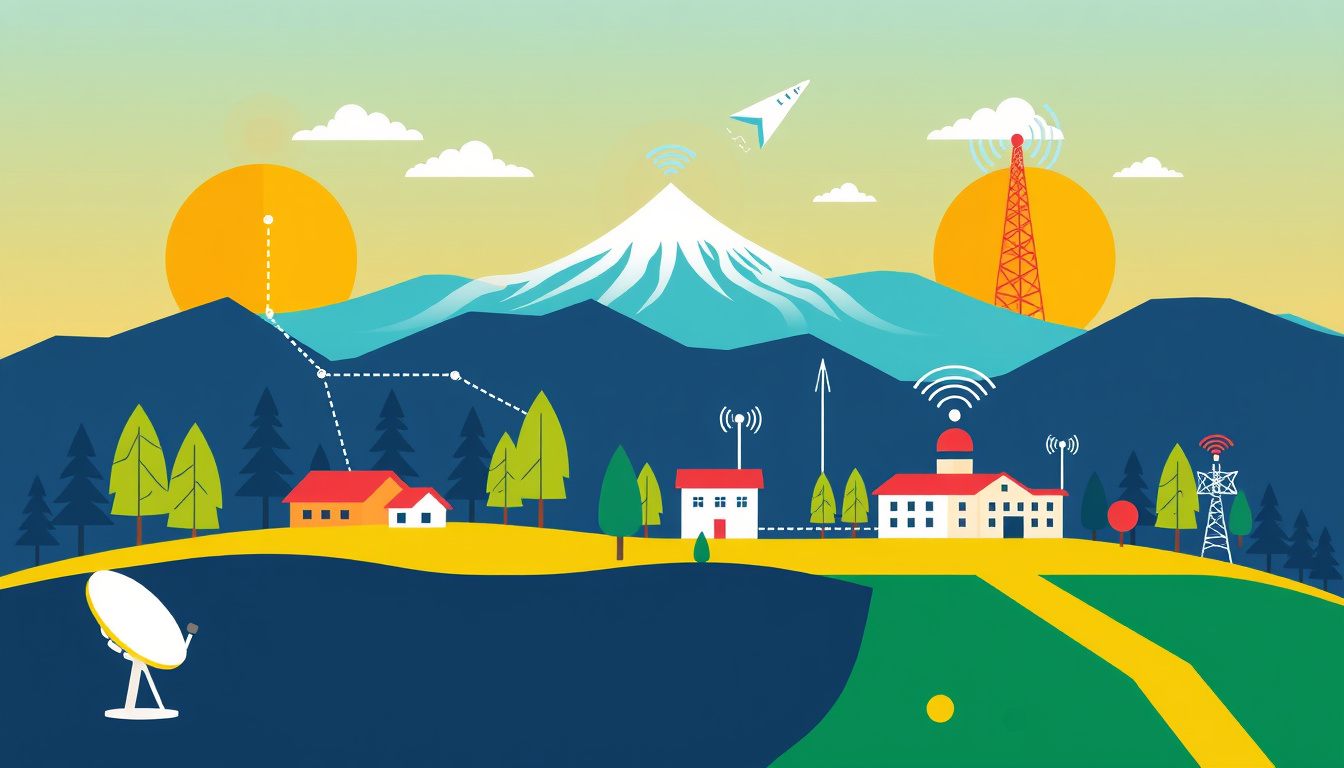In today’s hyper-connected world, losing access to cellular service can be more than just an inconvenience; it can pose serious safety risks, particularly in rural or less populated areas. Dead zones—areas without reliable cell phone coverage—can occur due to various factors such as distance from cell towers, geographical barriers, and building materials. Here, we will explore practical methods to ensure connectivity even in these challenging environments.
Understanding Dead Zones
A dead zone is characterized by a lack of cellular signal, which can disrupt calls, texts, and internet access. Common causes include:
- Distance from Cell Towers: The further a location is from the nearest cell tower, the weaker the signal will be.
- Obstructive Building Materials: Materials such as concrete, metal, and thick drywall can significantly reduce signal strength, especially indoors.
- Natural Obstacles: Mountains, dense foliage, and other geographical features may obstruct signals.
- Network Congestion: High usage, especially during peak times, can lead to temporary dead zones even in well-covered areas.
The Importance of Identifying Dead Zones
To effectively address cellular dead zones, begin by determining their location. Many cell phone providers offer maps showing dead zones and tower locations, allowing you to identify areas with poor coverage. Additionally, understanding which carriers offer superior coverage in these locations can help in making informed decisions about service providers.

Practical Solutions for Improving Coverage
-
Utilize Wi-Fi Calling: If you have a stable internet connection, enable Wi-Fi calling on your smartphone. This feature allows you to make phone calls and send messages over Wi-Fi, bypassing unreliable cellular networks entirely.
-
Invest in a Cell Signal Booster: A cell phone signal booster captures weak signals and amplifies them, providing improved reception. These devices typically have three components:
- An external antenna to receive signals.
- An amplifier to boost the signal strength.
- An internal antenna to distribute the enhanced signal indoors.
-
Consider a Femtocell: Femtocells are small devices that connect to your broadband internet to create a mini-cell tower in your home. They are particularly effective in areas with weak cellular reception.
-
Reposition Your Device: Sometimes, a quick fix is as simple as moving your device. Signals often improve when you move closer to windows or higher floors, avoiding obstacles that may block reception.
-
Check for Interference: Ensure that other electronic devices do not interfere with your signal. Microwaves, cordless phones, and even neighboring Wi-Fi networks can disrupt cellular signals, particularly in environments with many connected devices.
-
Switch Carriers: If you consistently encounter dead zones while others in the same area using different carriers do not, it may be time to switch to a provider with better coverage in your locality.
-
Update Your Devices: Regularly updating your phone can optimize its performance and connectivity. Make sure your device’s software is current to ensure it operates effectively in weaker signal areas.
-
Invest in a Mesh Networking System: For larger spaces, consider a mesh network, which utilizes multiple interconnected devices to cover wider areas effectively, ensuring a consistent signal throughout your home or office.
Conclusion
Cellular dead zones can create significant challenges in maintaining connectivity, but various strategies can mitigate these issues. From utilizing technology like cell signal boosters and femtocells to simply repositioning your devices, staying informed about potential dead zones can allow for proactive measures to ensure reliable communication. Staying connected is not just about convenience; it is essential for safety and well-being, especially in emergencies. Consider the steps outlined here to conquer connectivity challenges and enjoy seamless communication no matter where you are.



